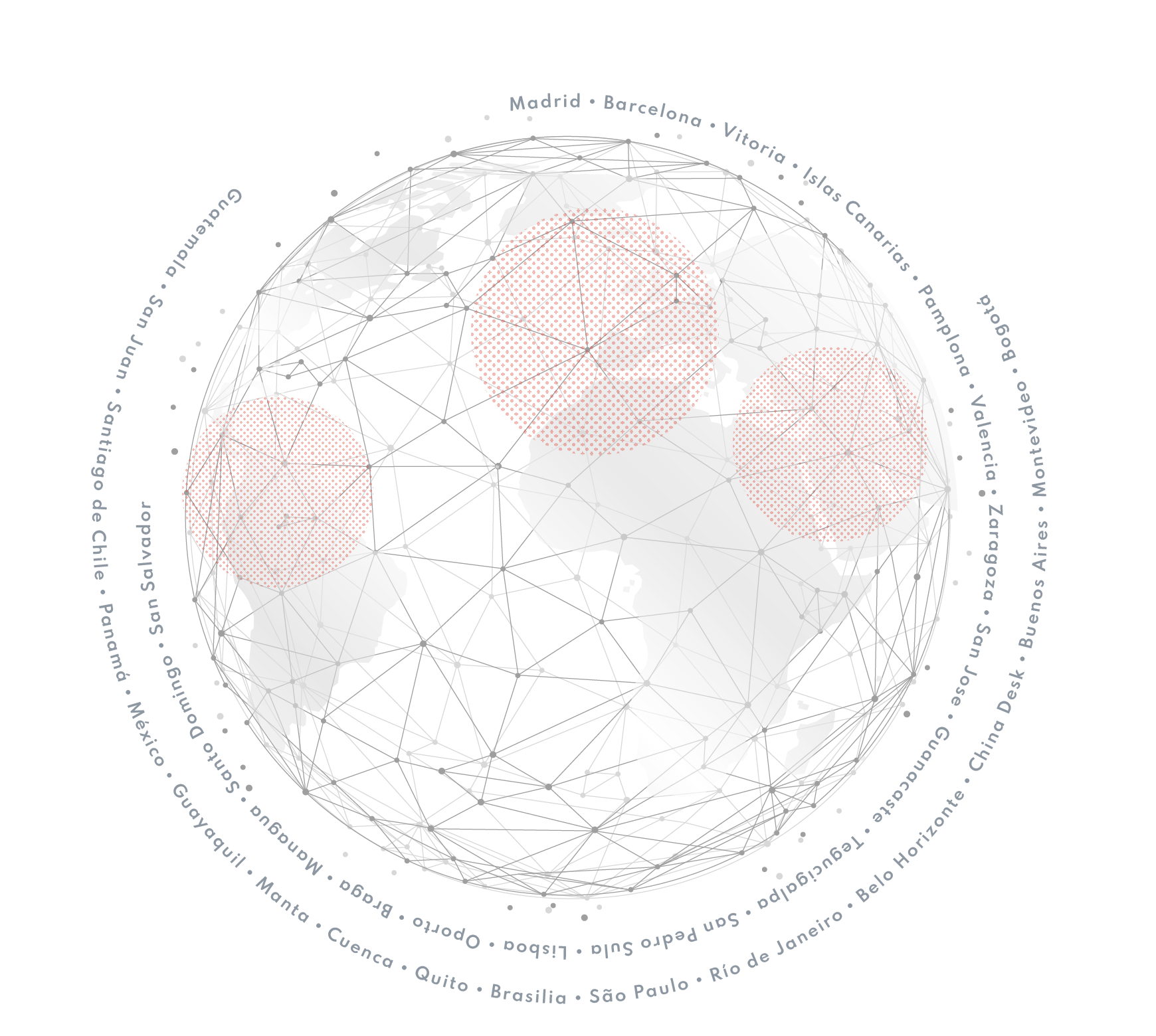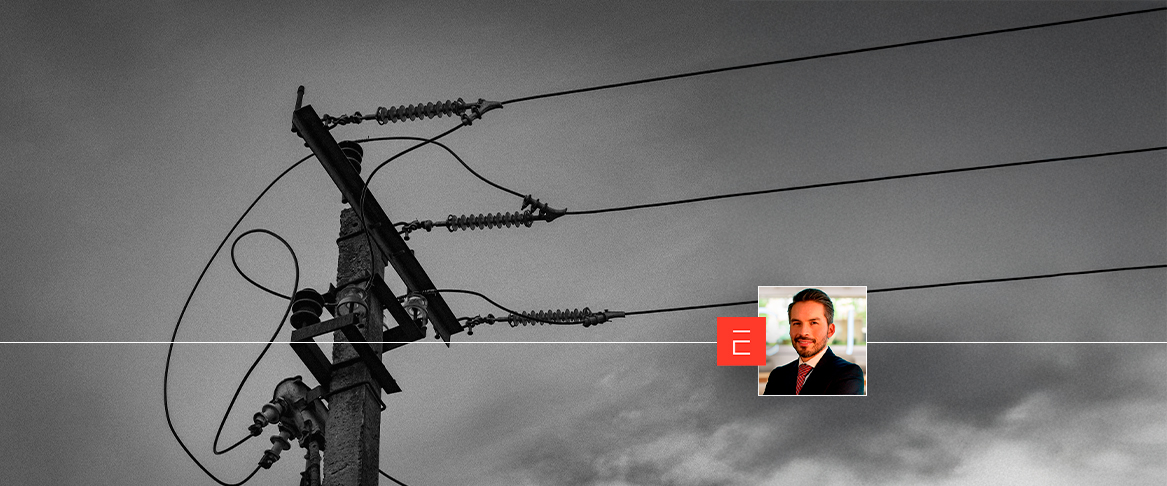Preliminary Draft of NOM-001-SEDE – Electrical Installations
Regulatory Framework Analyzed
Quality Infrastructure Law (“New Law”)
Federal Metrology and Standardization Law (“Previous Law”)
Regulations of the Federal Metrology and Standardization Law (“Regulations”)
NOM-001-SEDE-2012 (“Previous NOM”)
Preliminary Draft for NOM-001-SEDE-2018 (“Preliminary Draft”)
Importance of the Preliminary Draft
The objective of this Mexican Official Standard (“NOM”) is to establish the technical requirements that installations using electrical energy must meet to ensure adequate safety conditions for people and property. The installations subject to the application of this NOM are:
- Industrial, commercial, and residential establishments, public or private.
- Installations used by companies in the electrical industry that are not an integral part of a generating plant or substation.
- Mobile homes, recreational vehicles, floating structures, fairs, circuses, and exhibitions, parking lots, workshops, meeting places, healthcare facilities, agricultural buildings, marinas, and docks.
- Electrical installations located outside buildings.
- Fixed wiring for telecommunications, signaling, control, and similar purposes.
- Extensions or modifications to electrical installations.
- Electrical installations connected to general transmission networks, general distribution networks, isolated systems, private electric power supply networks, or any other source of electrical power.
- Private networks that supply electric power to load centers.
As can be concluded from its scope, this NOM is of great importance to all people, since electricity is a resource with multiple uses in everyday life. Therefore, we are all exposed to the risks involved in its use.
Procedure for Creating the Draft
The Draft derives from Article 32 of the previous Law, which establishes the obligation to review NOMs at least every 5 years. Given that the preceding standard is NOM-001-SEDE-2012, the legal deadline for review ended in 2017, the year in which the Draft was submitted to the National Advisory Committee on Standardization of Electrical Installations (CCNNIE) and the National Commission for Regulatory Improvement (CONAMER).
On August 6, 2018, the Draft was published in the Official Gazette of the Federation (“DOF”) for public comment, based on Article 47, Section I of the previous Law and Article 33 of the Regulations. Subsequently, on November 28, the CCNNIE approved the response to the comments received on the Draft, and on December 24, it was published in the DOF. However, CONAMER never issued the Final Total Opinion required for the publication of the new NOM, so it did not enter into force.
On August 31, the new Law came into force, establishing that proposed NOMs must be aligned with the National Development Plan and included in the National Program for Quality Infrastructure (“Program”) for the corresponding year. NOM-001-SEDE was included in the 2025 Program, so it is presumed that it will enter into force this year and its study is gaining importance.
Changes compared to the previous NOM
Regarding the scope of application, points 7 and 8 outlined in the Importance of the Draft were added, and it was clarified that this NOM is not applicable to facilities under the control of electric utilities.
Regarding substantive matters, points were added that consider technological advances since 2012 to include various electricity-related devices commonly found in facilities. The changes are listed below:
- Inclusion of low-voltage power distribution systems in suspended ceilings, which are used for lighting, internet routers, surveillance cameras, audiovisual equipment, and other electronic devices.
- Article on equipment for industrial processes using fixed resistance and electrode heating.
- Refinement of the acceptable cable types for illuminated signs and boundary lighting.
- Inclusion of the installation and wiring of signs powered by photovoltaic cells.
- Regulation of electric vehicle charging stations.
- Inclusion of modular data centers, which are responsible for efficient data processing and are a fundamental part of Information Technology.
- Inclusion of a section on rapid disconnection conditions in photovoltaic systems (solar cells).
- Good engineering practices for large-scale photovoltaic power plants, which are connected to the public service grid.
- Specifications and safety measures for self-sufficient wind power systems.
- New section on solar energy storage systems.
ECIJA Mexico
socios.mexico@ecija.com
+52 55 5662 6840
www.ecija.com





